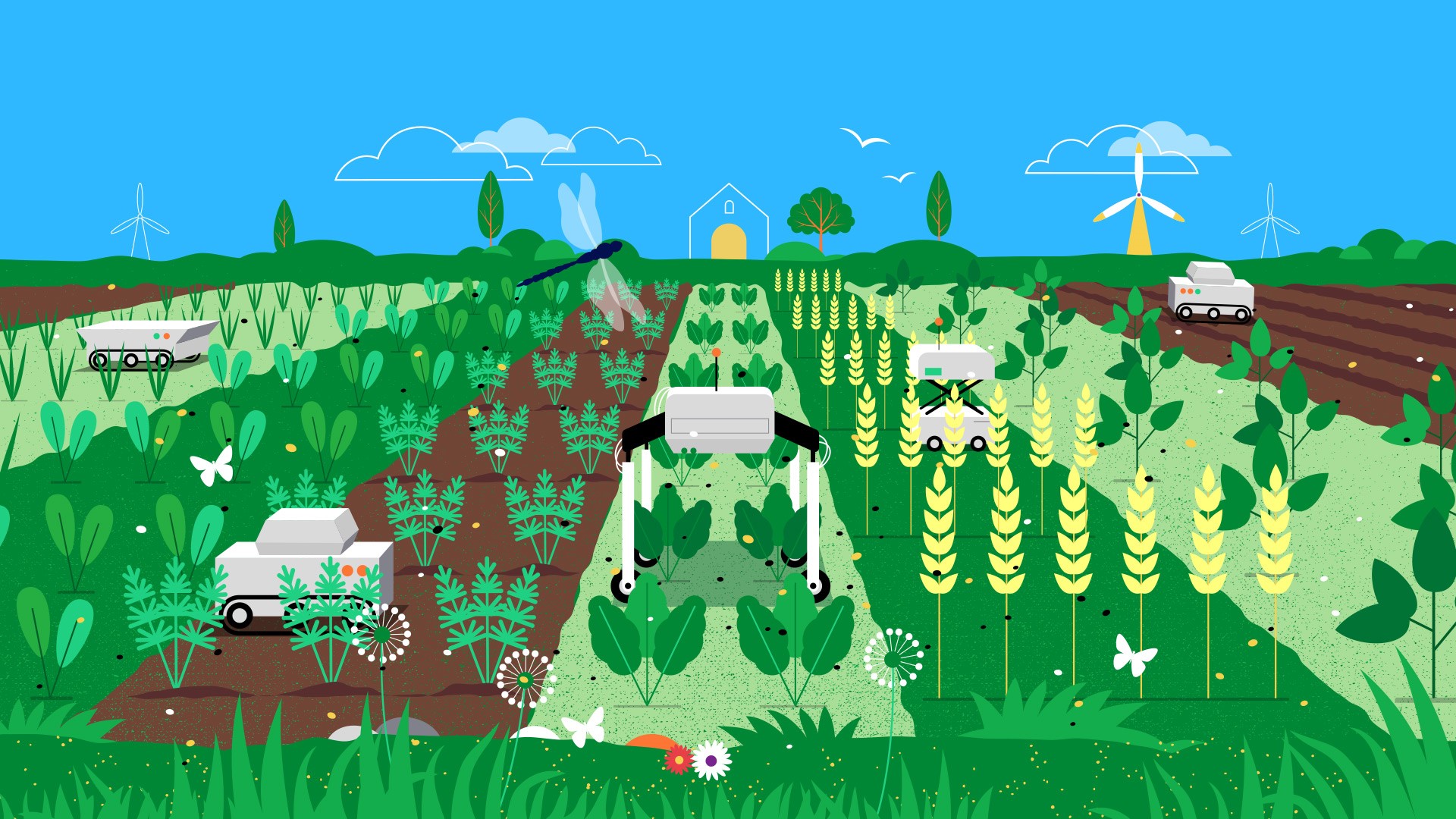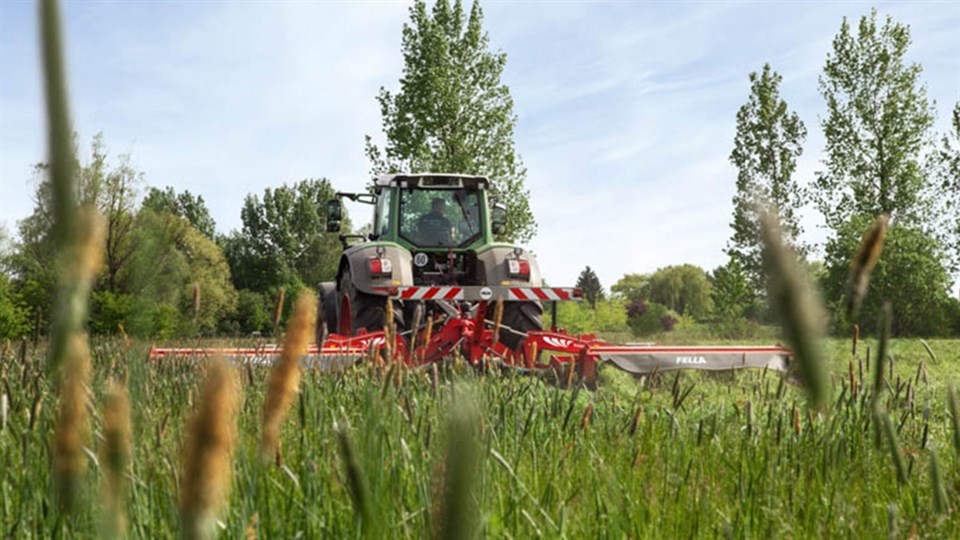When Lazaros Nalpantidis sees a field, he imagines a future where a fleet of small robots chugs along, tending and caring for the crops on their own. Each machine has its own task—they sow, remove weeds, check for pests, water, spray pesticides and harvest. And the fields look different. There are no endless rows of wheat, barley, and corn, but instead many different crops—and the surroundings are buzzing with life.
Shaped after machines
If we want to improve biodiversity, we must change our agriculture. In Denmark, agriculture takes up over 60% of our land and the vast majority of the fields are monoculture, where a single crop dominates large areas. This creates bad conditions for biodiversity. But what if robots could change that?
"We have shaped the environment to our agricultural machines. But with robotic technology, we can shape the machines to the environment," says Lazaros Nalpantidis.
He is a professor at DTU Electro and is heading the project SAVA (Safe Autonomous Vehicles for Agriculture), which will develop safe agricultural robots that can work autonomously in much smaller areas than large agricultural machines. That can create fertile ground for a paradigm shift in agriculture and bring an end to monoculture while still maintaining efficiency and yield.
Monoculture is bad news for biodiversity
Before industrialization, it was common for farmers to grow several different crops on the same field. But as machines took over manual labour, it became more widespread to grow the same crop on large areas, as it made it easier to plough, fertilize and harvest using large machines.
"Back in the day, it was necessary to have a versatile farm with crop diversity to meet local needs, but after World War II the specialization of agriculture began to take hold. That made economies of scale and monoculture possible," says Ane Kirstine Aare.
She’s assistant professor at the Department of People and Technology at RUC and has done research on transition towards more sustainable agriculture practices such as co-cultivation, where multiple crops are grown on the same field.
Agriculture became more efficient, but monoculture is bad news for biodiversity. In nature, there are many different plants that bloom at different times of the year and a diverse cover of trees, shrubs, grass and herbs that create habitats for a number of animal species and all that disappears when the fields are uniform.
At the same time, it also increases the risk that the entire field will be affected by pests and diseases and thus the need for using pesticides also increases, which is hurting biodiversity.
"The problem is that we’ve developed a food system that has been shaped to fit monocultural practices. Most involved parties in the food system have adapted to this practice, so it’s difficult to change course," says Ane Kirstine Aare.
The Food and Agriculture Organization (FAO) of the UN has concluded in a report that monoculture in agriculture leads to less plant diversity and thus fewer ecosystem services. There are fewer pollinators like bees, pests have fewer natural enemies, there are fewer microorganisms in the soil and fewer wild species of crops. The FAO points out that one of the solutions is technology that can have a positive effect on biodiversity - and this is where robots come into play.
All sensors on the table
Robotic technology is slowly making its way into agriculture – there are already robots that can remove weeds (including the Galirumi robot where DTU was involved), spray with pesticide, and harvest certain crops. The development is making rapid headway, but there are still very few agricultural robots on the market. According to Statistics Denmark, only 1% of Danish farms use self-driving machines or robotic technology, and the technology has not yet matured enough for the robots to run fully autonomously, so it’s mandatory that a person supervises them.
"If the farmer has to stay with the robot, you’re not gaining much from it," says Lazaros Nalpantidis.
The problem is that the robots are still not capable of handling unforeseen obstacles such as people, animals, and rocks, but the SAVA project aims to solve that. Lazaros Nalpantidis and his colleagues will test a range of new sensor technologies that will increase safety so that the robots can be fully unleashed in the fields.
"We have to put all the toys on the table and see if it opens up some new possibilities," says Lazaros Nalpantidis.

